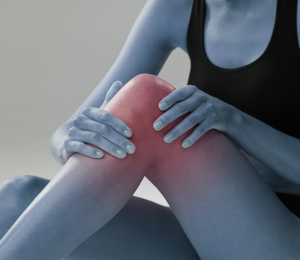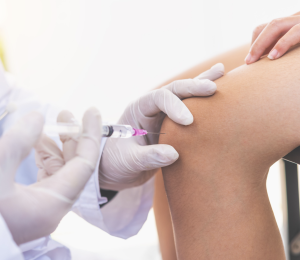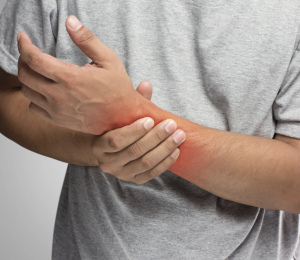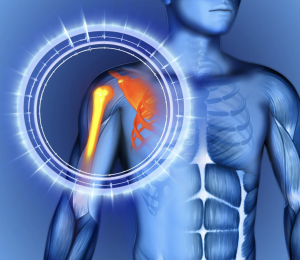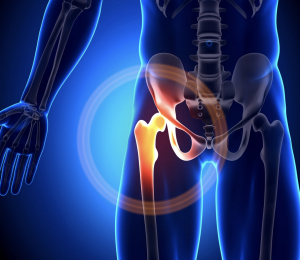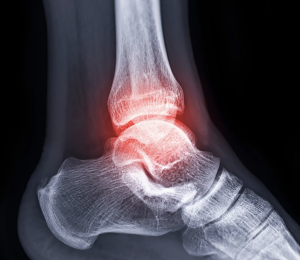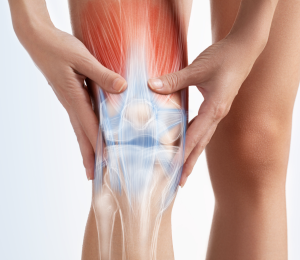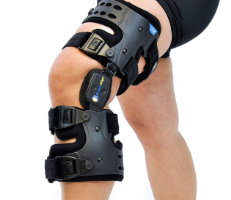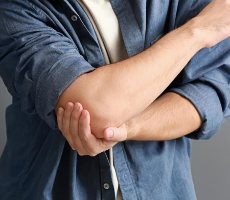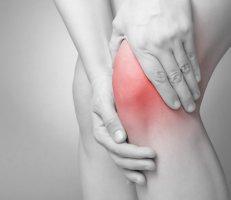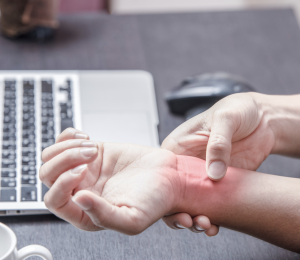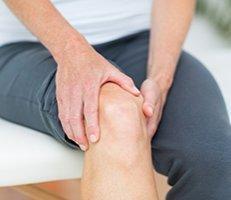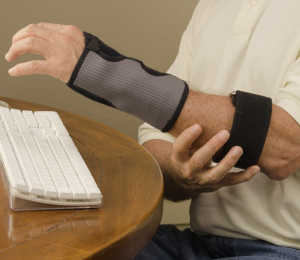Structural
Any sports injury or physical issue with the bones and tendons of the foot would qualify as a structural problem. Some of the more common issues seen in podiatry include injuries, gout, flat feet, bunions, and persistent heel pain. In each instance, if left untreated, these structural issues can lead to chronic pain and reduced mobility. Sometimes structural problems of the feet may be cause for surgery or for the prescription of orthotics. Orthotics is specially designed insoles that compensate for structural deformities of the foot.
Cosmetic
Due to heavy use and the fact that our feet are confined to a closed moist area for most of the day, they can develop some problems that may not be painful but certainly are unsightly. Understandably, patients would prefer to have these blemishes removed to enhance both comfort and the appearance of the feet. These types of ailments include verrucae and warts, corns and calluses. In podiatry, these are often painlessly removed to restore confidence to the patient and a natural appearance to the feet.
Hygienic
Feet spend most of the day in a closed environment (e.g., socks and shoes). Because of this they often develop hygienic problems associated with warm close areas. Athlete’s foot, ingrown toenails, or toenail fungus are common conditions treated by a podiatrist.
Morton’s neuroma
If you sometimes feel that you are “walking on a marble,” and you have persistent pain in the ball of your foot, you may have a condition called Morton’s neuroma. A neuroma is a benign tumor of a nerve. Morton’s neuroma is not actually a tumor, but a thickening of the tissue that surrounds the digital nerve leading to the toes; a growth consisting of nerve tissue often between the third and fourth toes. A neuroma may cause pain, numbness, and burning and often improves with a change in footwear.
Gout
This is an inflammatory condition in which crystals periodically deposit in joints, causing severe pain and swelling. The big toe is often affected by gout.
General Foot Care
Athlete’s foot
This is a fungal infection of the feet, causing dry, flaking, red, and irritated skin. Daily washing and keeping the feet dry can prevent athlete’s foot.
Calluses
They are caused by a buildup of tough skin over an area of frequent friction or pressure on the feet. Calluses usually develop on the balls of the feet or the heels and may be uncomfortable or painful.
Corns
Like calluses, corns consist of excessive tough skin buildup at areas of excessive pressure on the feet. Corns typically have a cone shape with a point, and can be painful.
Ingrown toenails
One or both sides of a toenail may grow into the skin. Ingrown toenails may be painful or lead to infections.
Fallen arches (flat feet)
The arches of the feet flatten during standing or walking, potentially causing other feet problems. Flat feet can be corrected with shoe inserts (orthotics), if necessary.
Nail fungal infection (onychomycosis)
Fungus creates discoloration or a crumbling texture in the fingernails or toenails. Nail infections can be difficult to treat.
Plantar wart
This is a viral infection in the sole of the foot that can form a callus with a central dark spot. Plantar warts can be painful and difficult to treat.
Geriatric and Diabetic Foot Care
The combination of aging and diabetes creates a dire situation for the feet. Elderly diabetes patients are at a much higher risk of foot disease and subsequent amputation due to gangrene when compared to their middle-aged and young counterparts. The reasons for this are multifaceted, but it is essential that aging people with diabetes pay close attention to their overall health and specifically to the health of their feet. The podiatrists at Commonwealth Orthopaedic Associates recommend elderly folks with such problems make regular visits to the office for evaluation and practice thorough self-care.
The reason diabetics run a much higher risk of developing these types of infections is that the increased glucose in their blood provides an ideal environment for bacterial infections. A primary issue arises when diabetes causes nerve damage to the feet. When this happens diabetics are less likely to feel what would be a painful injury for those unaffected. Thus an ingrown toenail or blister may go unnoticed. This relatively minor injury carries a much higher risk of infection as the diabetic’s blood glucose level provides an enhanced breeding environment for bacteria. The infection spreads faster than it normally would and is less likely to be noticed by the patient. Further, poor blood flow to the feet slows healing. This can create a veritable perfect storm infection. If you notice anything strange happening with your feet (swelling, inflamed areas, discoloration, or possible infections) immediately seek the counsel of a medical professional to determine the severity of the case.
The podiatrists at Commonwealth Orthopaedic Associates can aid patients in the treatment of any of the above issues with the most up-to-date medical practices available.


